Six ways to create a classic sound
Everyone is after a classic sound, but what exactly is it? And do you need to invest a small fortune in recording gear from the 60s, 70s and 80s? Big question, six answers…
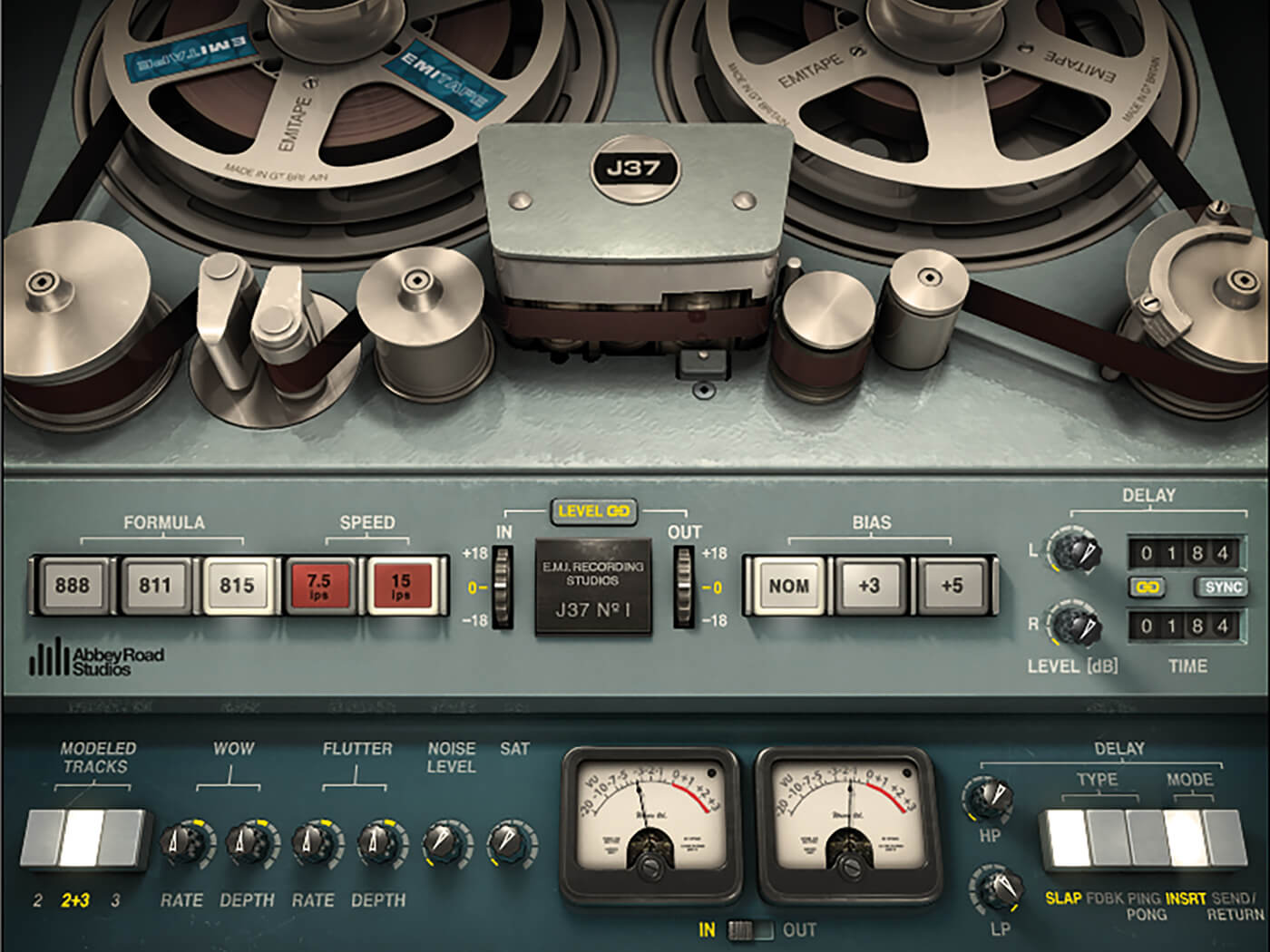
What exactly is a classic sound and why does everyone seem to want to recreate it? The answer is that it’s pretty much any vibrant and outstanding song, tune, genre or period of recording from the last 70 years – so it’s quite a broad term.
More simply, the classic sound is perhaps a warmer, fuller and more dynamic recording, which you can attempt to get using vintage microphones, recording techniques and analogue technology. There are also ways of breaking down classic sounds by instrument types and effects, so we’ve done just that, and now present you with six ways to create classic sounds within a variety of genres, from electronica to rock, progressive to dance…
1. Go real or go software
When it comes to creating a classic sound, you could, of course, insist on actually using the original recording gear. Real tape (as in ‘reel’ tape), anything with a glowing valve, proper analogue machines and some dusty old outboard should do nicely.
Two problems, and one solution. Old stuff breaks, and it’s very expensive. Now you can largely do it all in software (or cheaper new hardware – see next point). So with the exception of going analogue, which seems to be getting cheaper all the time, you can safely consign your recording history… to history (unless Abbey Road offers you a great deal on a recording session, then jump at the chance!). Software is more than capable of recreating classic conditions: from the original instruments to the tape you record them on. And it doesn’t get dusty.
2. Modern classic gear
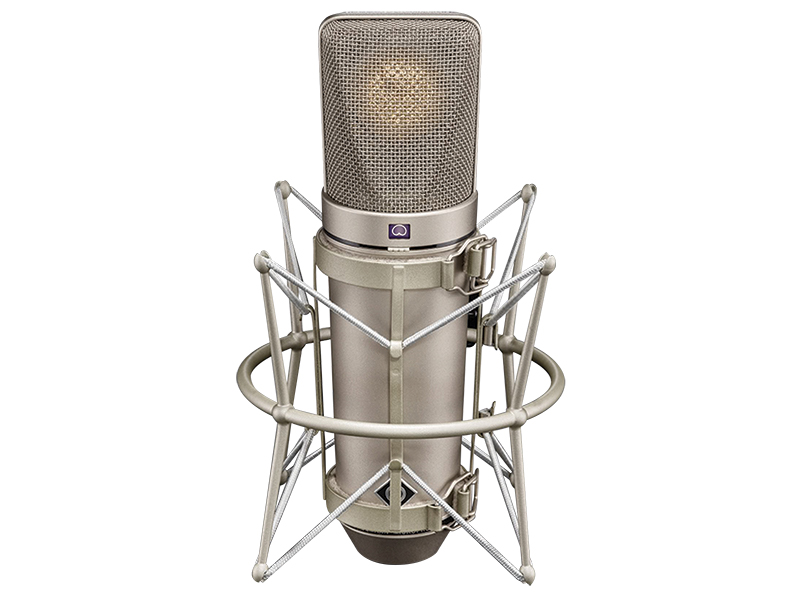
A lot of gear – such as Neumann mics for some distinctive vocals, or Abbey Road, Pultec and Neve outboard for classic sounds – is now available to buy new. Much of it is being reimagined by companies such as Golden Age Project, Chandler, Lindell and Thermionic Culture, for a fraction of the original cost. Or else manufacturing has been restarted by the original designers (think Neve, Neumann, Moog and others), so there’s no need to go second-hand for classic gear, unless you have cash to burn.
3. Classic synths
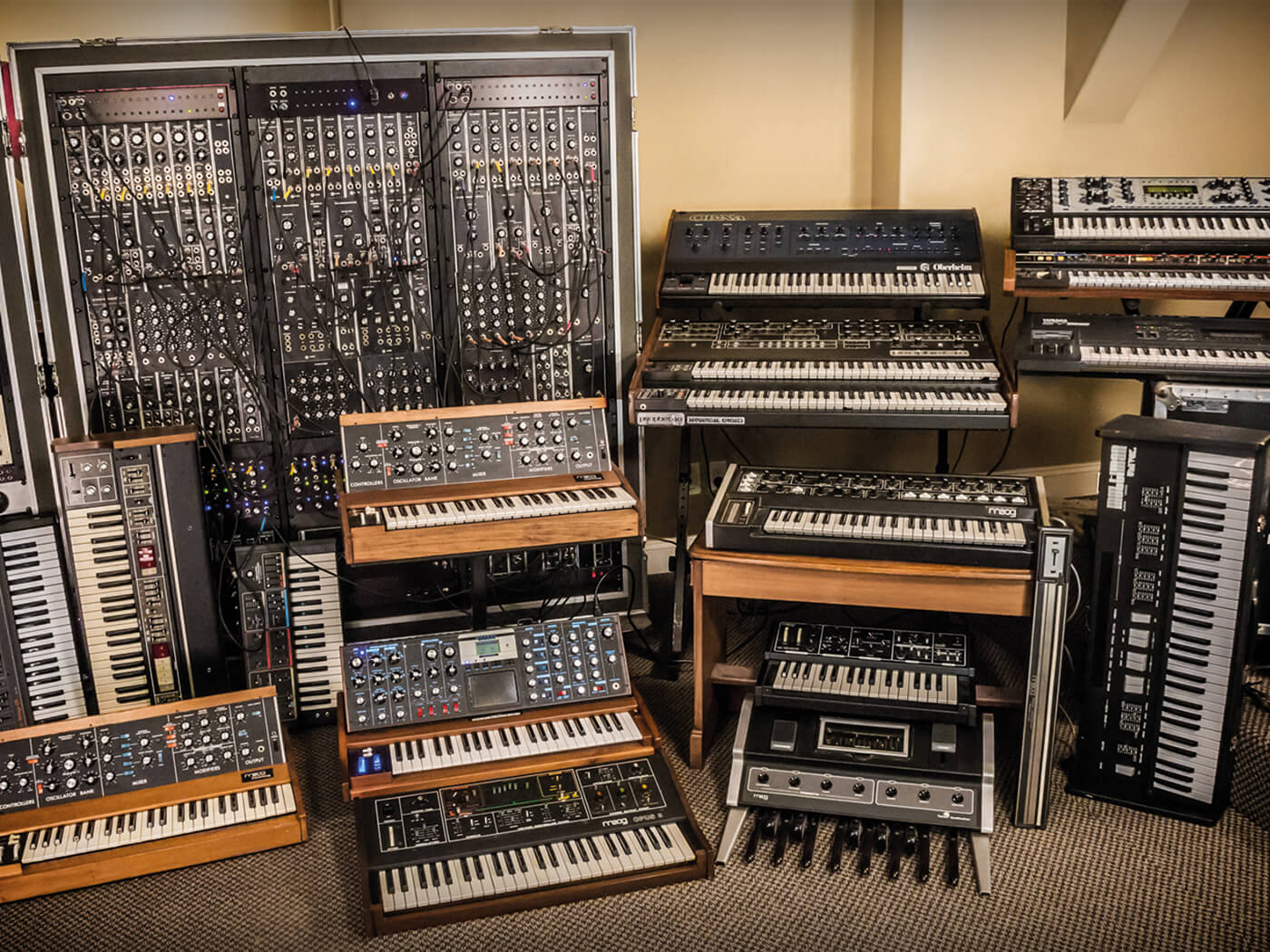
Recreating classic genres and eras of electronic music is easy, as so many different models of classic synths almost single-handedly defined genres or musical decades. And pretty much all of the models we mention below are available in software, freeware, reimagined hardware or Eurorack flavours.
It’s a very broad guide: for classic 70s progressive/Krautrock/experimental electronica, go for original Buchla, Moog and any Roland modulars, or Minimoogs and ARPs; for 80s synth pop, try any cheap classic Korg monos and polys, Yamahas and Roland SHs, JPs, Junos and Jupiters of the era; for 80s and 90s dance music, simply get a Roland TB-303 bassline plus TR-808 and TR-909 drum machines; and for more recent dance music, try any flavour of Roland drum, trance stacks from Jupiters and JDs and pretty much anything you can filter. There, we said it was easy. In terms of software, try Arturia’s V Collection or IK Multimedia’s Syntronik (or modules thereof) for two cover-all collections.
4. Classic rock
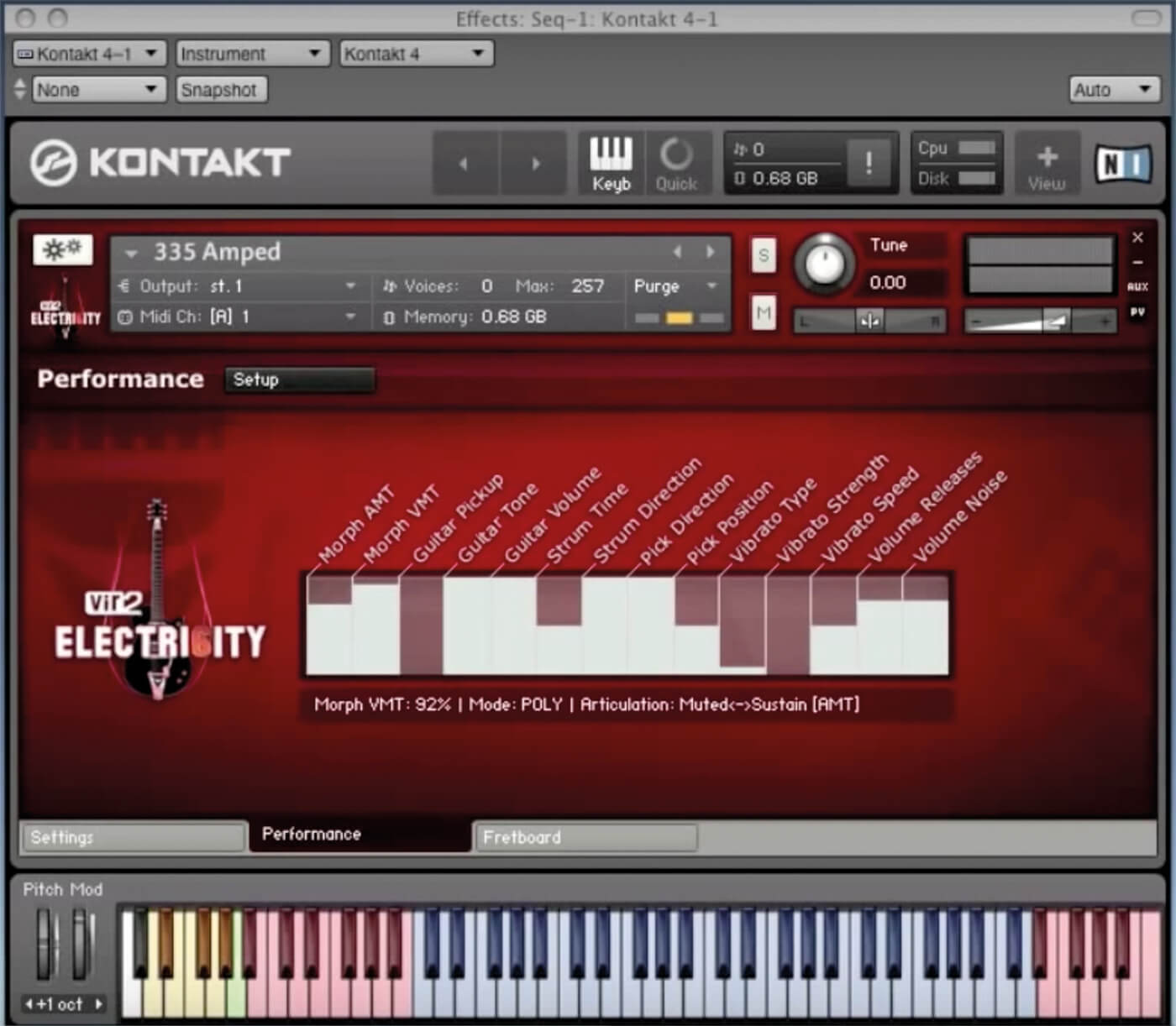
There are other guitars, but in classic rock, you can pretend otherwise and just include the Fender Stratocaster and Gibson Les Paul. These two defined so much of rock’s history and what we hear today that they have been copied and emulated by everyone and everything.
In software, your options are many, but Vir 2’s Electri6ity makes a great job of covering these two classics and a lot more. Also check out titles from Native Instruments, Orange Tree, Sugar Bytes, Sample Logic, and Impact Soundworks.
5. Classic techniques
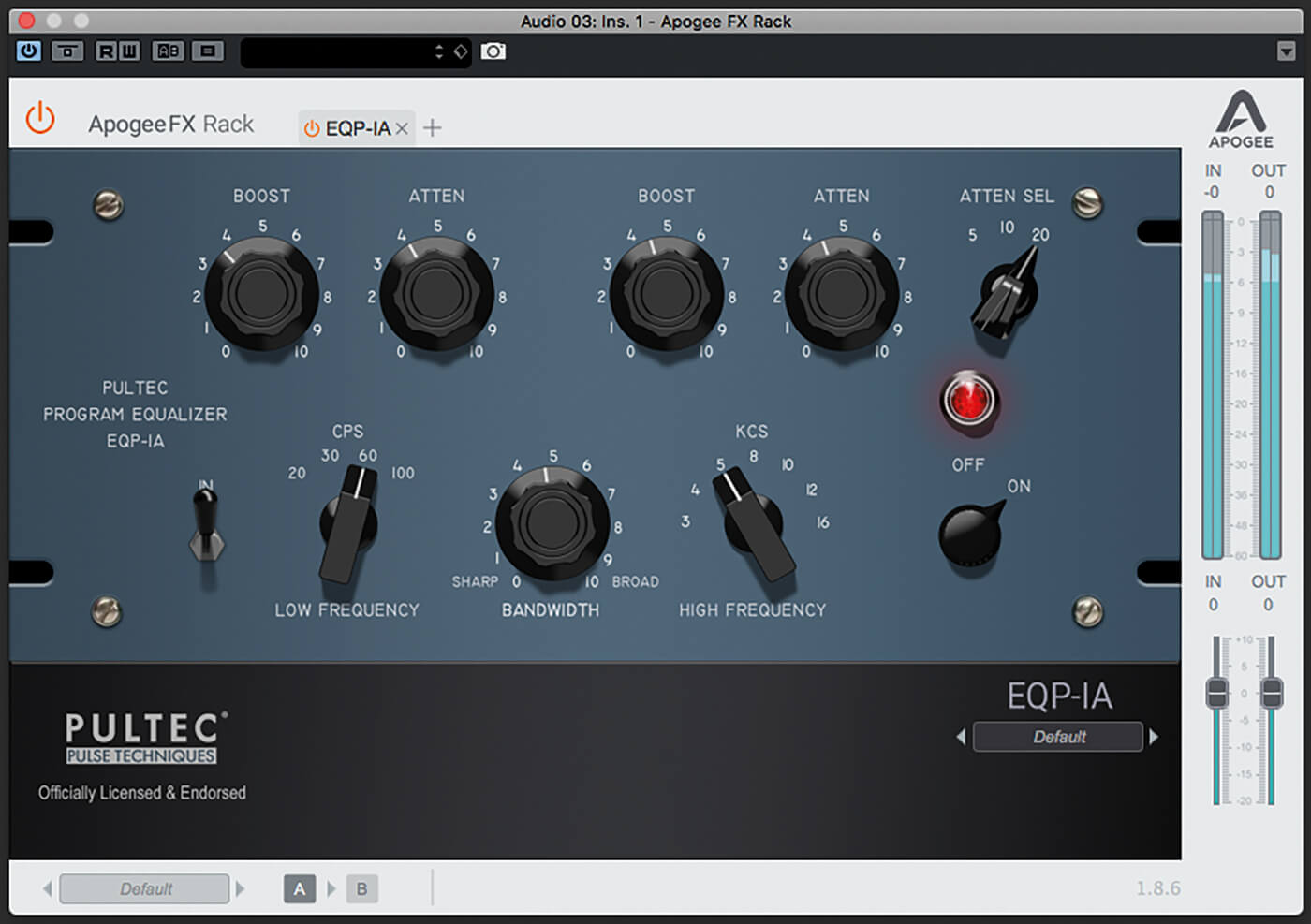
There are as many different recording and production techniques as there are genres – Motown means simultaneously boosting and cutting a Pultec EQ (or emulation) selectable bass-frequency control; the Phil Spector Wall Of Sound is just that: a wall of instruments with guitars and drums; and the further back you go, the fewer tracks you use.
But always consider the technology alongside the technique. They didn’t have 32 tracks in the 60s, digital in the 70s and analogue synths in the 90s (well, they were hidden) and so on. Do a bit of detective work… and never use a virtual drummer with four arms.
6. Don’t forget the playing
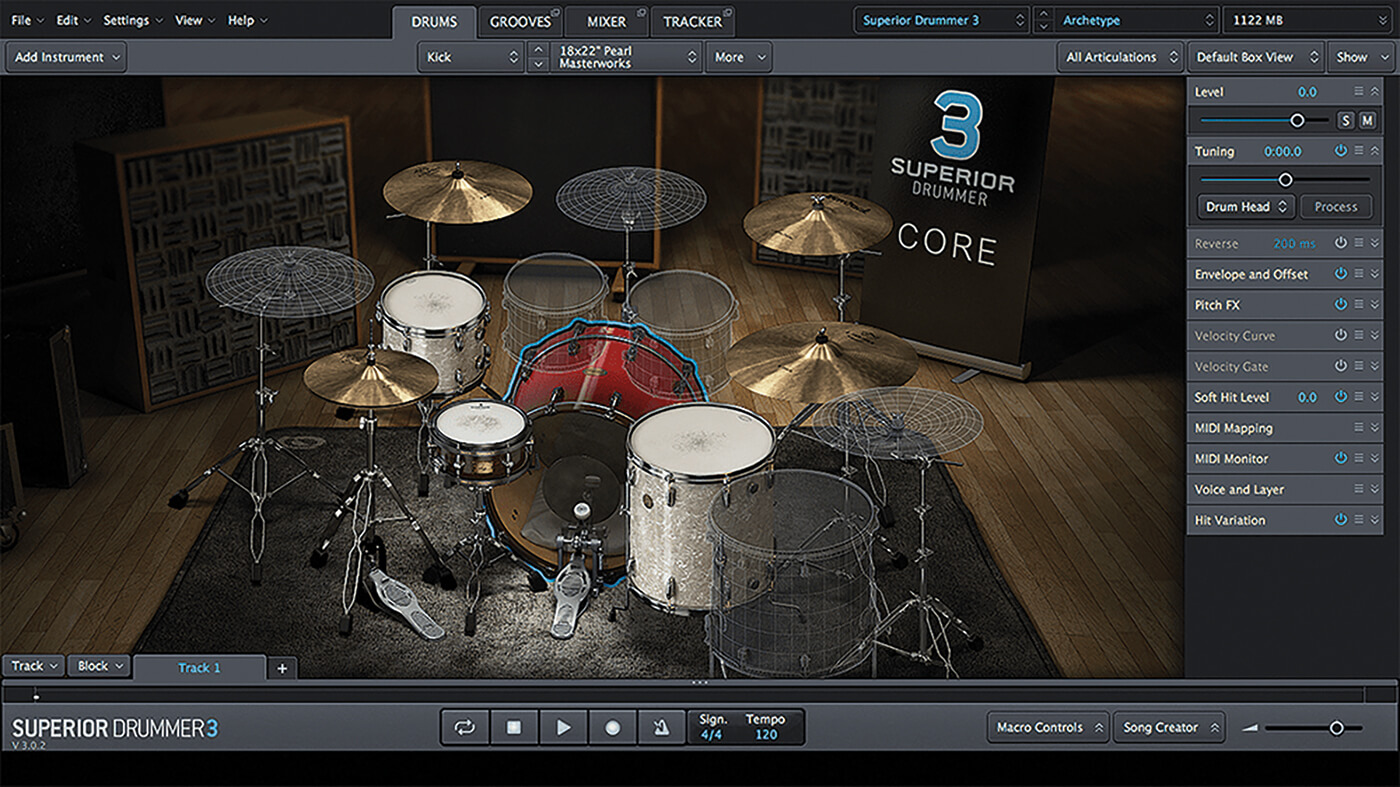
Technology use is very much linked to playing ability, too. Electronic music production can use it as an alternative to playing ability, whereas rock music is often firmly based on the unique playing style of the musicians involved. So consider phrase-based libraries if your playing is less able. But whether you roll with rock or dance with electronica, the tech is always on hand to help.
Want more tips on re-creating classic sounds? Check this out.